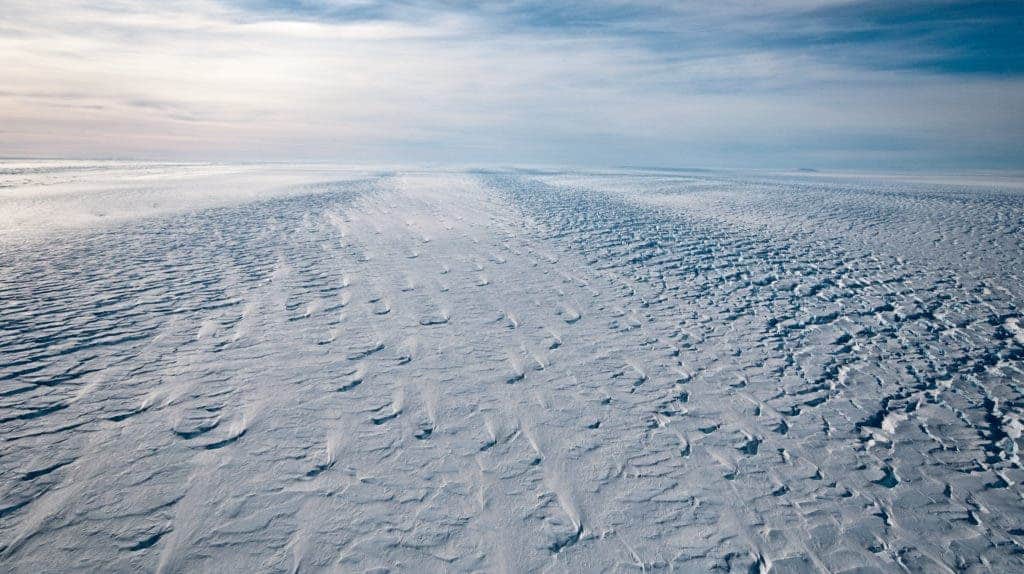Mapped by the US in 1960, Pine Island is Antarctica’s biggest glacier and also the fastest melting one of the continent, responsible for about 25% of its total ice loss. The glacier is still losing ice but it’s doing it in novel, complex, and unexpected ways, according to a new study.

Researchers from the University of Bristol in the United Kingdom used data recently collected by the European Space Agency’s CryoSat to review the patterns of ice loss of the Pine Island glacier during the last 10 years – producing a set of high-resolution maps of its elevation changes.
The study, published in the journal Nature Geoscience, concluded that the rates of ice loss in the previously fast-flowing central trunk of the glacier have slowed down by a factor of five. At the same time, ice losses in the slow-flow margins of the glacier have increased dramatically.
“This could seem like a ‘good news story,’ but it’s important to remember that we still expect this glacier to continue to lose mass in the future and for that trend to increase over time, just not quite as fast as some model simulations suggested,” Bristol geoscientist and lead study author Jonathan Bamber said in a news release.
Experts agree that the Pine Island glacier has contributed the most to sea-level rise of all Antarctic glaciers. Nevertheless, there’s a growing debate on how much the glacier will contribute to sea-level rise in the future, with different computer models offering different predictions.
Previous research had claimed that the grounding line of the glacier, where Pine Island rises from bedrock and meets the Antarctic Ocean, was unlikely to move much further in the next few decades. But the work from the Bristol expert now said that’s not the case, as the glacier will continue to lose ice for the foreseeable future.
“It’s really important to understand why the models are producing different behavior in the future and to get a better handle on how the glacier will evolve with the benefit of these new observations,” Bamber said. “In our study, we didn’t make projections, but with the aid of these new data we can improve model projections for this part of Antarctica.”
Antarctica is considered one of the most rapidly warming parts of the planet – with consequences on land and water. For example, penguins have changed location due to alterations in the sea ice, while plants have expanded in new areas. A large part of the continent is surrounded by floating ice shelves, a floating extension of the land ice that makes up continental ice sheets. The shelves are a natural barrier to help prevent glaciers on ice sheets from flowing into the ocean.
Nevertheless, the natural barrier effect only works if ice shelves themselves contain enough icy mass to buttress the seaward flow of grounded ice – and as we’re starting to find, Antarctic barriers are weakening.
A warmer world would be very bad news for Antarctica. According to a study published this year, if the temperature increases more than 2ºC there would be a widespread melting and rise in the sea levels, as seen in Earth during Pliocene geological epoch.


